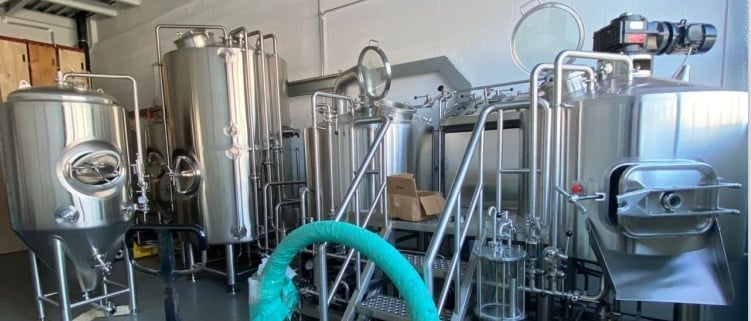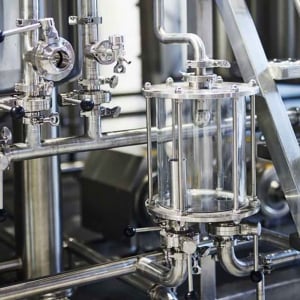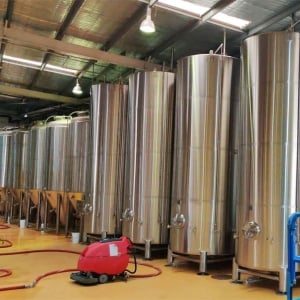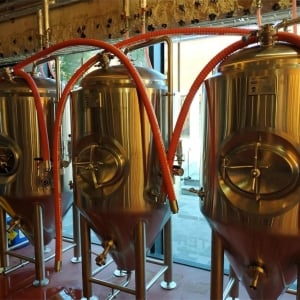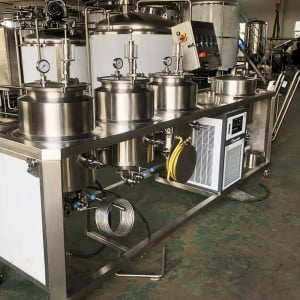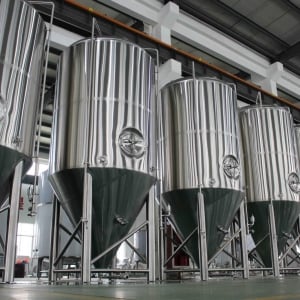Kombucha Making Equipment
Kombucha, a popular fermented tea, has gained massive attention in recent years due to its numerous health benefits and tangy, fizzy flavor. Whether you’re a home brewer just starting or a commercial brewer looking to scale up, having the right equipment is essential. This comprehensive guide will walk you through the equipment required to make kombucha, how to choose the right tools, and considerations for various brewing scales. By the end, you’ll be ready to dive into the kombucha-making process with confidence and know exactly what equipment you need for your setup.
Overview of Kombucha Making Equipment
Kombucha brewing involves fermenting tea using a symbiotic culture of bacteria and yeast (SCOBY). The equipment you use plays a critical role in the outcome, affecting flavor, efficiency, and safety. Choosing the right equipment can depend on several factors, such as the scale of brewing (home or commercial), space available, and your budget. This article will break down the necessary equipment into key categories to help you decide what suits your needs best.
Key Considerations When Choosing Kombucha Making Equipment
- Brewing Scale: Home brewing requires simpler, smaller setups compared to large-scale commercial brewing.
- Space and Layout: Larger brewing systems will need more room for equipment and storage.
- Cost: Equipment varies widely in price, from affordable home kits to high-end industrial systems.
- Customization: Commercial systems often require tailored solutions to meet specific needs, such as batch size or brewing speed.
- Ease of Use and Maintenance: Some equipment is easier to operate and clean than others, which can save time and reduce costs in the long run.

Kombucha Making Equipment Guide
Basic Equipment Needed for Home Kombucha Brewing
Home kombucha brewing is a fun and relatively simple process. Below is an overview of the essential equipment you’ll need for brewing at home:
- Brewing Vessel: Typically a large glass jar (usually 1 to 2 gallons) is used for brewing kombucha. Glass is preferred because it does not react with the acidic nature of kombucha, ensuring the flavor remains untainted.
- SCOBY: The star of the show! The Symbiotic Culture of Bacteria and Yeast (SCOBY) is the fermentation agent.
- Tea and Sugar: Plain black or green tea is best, and sugar feeds the SCOBY during fermentation.
- Cloth and Rubber Band: A breathable cover (like cheesecloth) prevents dust and contaminants while allowing airflow.
- Bottles for Second Fermentation: Airtight glass bottles are used for the second fermentation, where carbonation occurs.
- Funnel and Strainer: Used for transferring kombucha into bottles and removing any excess yeast strands or pieces of SCOBY.
Intermediate and Advanced Kombucha Brewing Equipment
If you’re stepping up your kombucha brewing game and want to brew larger batches, the following equipment will help:
- Fermentation Crock or Barrel: For larger batches, a fermentation crock or stainless-steel barrel can hold more liquid while providing an environment conducive to fermentation.
- Temperature Control Devices: Kombucha ferments best at temperatures between 75°F and 85°F (24°C to 29°C). Heating mats, jackets, or ambient temperature controllers can maintain optimal fermentation conditions.
- Kombucha Kegerators: These specialized refrigerators store large batches of kombucha in kegs, ensuring freshness and proper carbonation over long periods.
- PH Meters and Hydrometers: Essential tools for monitoring the fermentation process, ensuring the acidity levels and sugar content are correct.
- Bottling Systems: For those bottling in larger quantities, automated or semi-automated bottling systems can speed up the process and improve efficiency.
Types of Kombucha Making Equipment
The table below compares common types of kombucha brewing equipment, highlighting their capacities, materials, and advantages.
| Equipment Type | Material | Capacity | Advantages | Price Range |
|---|---|---|---|---|
| Brewing Jar | Glass | 1-5 gallons | Affordable, easy to clean, non-reactive | $10 – $30 |
| Fermentation Crock | Ceramic/Stone | 2-10 gallons | Ideal for larger home batches | $50 – $150 |
| Stainless Steel Barrel | Stainless Steel | 5-50 gallons | Durable, easy to sanitize, scalable | $150 – $500 |
| Temperature Controller | Various | N/A | Maintains optimal fermentation temperatures | $20 – $100 |
| Kombucha Kegerator | Stainless Steel | 5-15 gallons | Keeps kombucha fresh, enables carbonation control | $500 – $1500 |
| Bottling System | Stainless Steel | N/A | Fast bottling process for larger quantities | $300 – $2000 |
| PH Meter | Plastic/Metal | N/A | Accurate measurement of acidity levels | $15 – $100 |
| Hydrometer | Glass/Metal | N/A | Measures sugar content, ensuring proper fermentation | $10 – $50 |
Brewing Process Explained
Now that you have an understanding of the equipment, let’s break down the kombucha brewing process into digestible steps. Whether you’re brewing a small home batch or running a full-scale operation, the process remains relatively similar:
- Make Sweet Tea: Boil water and steep tea, then dissolve sugar. Let it cool to room temperature before moving to the next step.
- Add the SCOBY: Pour the sweetened tea into your brewing vessel and gently place the SCOBY on top. Don’t worry if it sinks—this is completely normal.
- Fermentation: Cover the jar with a breathable cloth secured with a rubber band. Let the kombucha ferment at room temperature (around 75°F-85°F) for 7-14 days. Taste-test starting on day 7 to find your preferred balance of sweetness and tang.
- Second Fermentation: Transfer the kombucha to airtight bottles, add flavorings (optional), and let it sit for another 2-5 days at room temperature. This is where the kombucha will become fizzy.
- Refrigerate and Enjoy: Once the kombucha reaches your desired level of carbonation, refrigerate the bottles to stop the fermentation process and enjoy your homemade kombucha.
Choosing the Right Kombucha Brewing Equipment for Your Needs
When choosing kombucha brewing equipment, there are several factors to consider depending on the scale of your operation, the space you have, and your goals. Below is a table comparing various aspects of equipment in terms of capacity, space, design, and customization.
| Equipment | Capacity | Space Required | Design | Customization Options |
|---|---|---|---|---|
| Home Brewing Kit | 1-2 gallons | Minimal countertop space | Simple, glass jar design | Limited |
| Fermentation Crock | 2-10 gallons | Countertop or shelf space | Rustic, traditional design | Moderate (size options) |
| Commercial Stainless Barrel | 5-50 gallons | Dedicated brewing space | Sleek, industrial design | Highly customizable |
| Bottling Systems | Varies | Industrial or small-scale | Practical, durable | Configurable based on need |
| Kombucha Kegerator | 5-15 gallons | Requires refrigeration space | Modern, clean | Varies by capacity |
Suppliers and Price Ranges for Kombucha Making Equipment
Where can you buy kombucha-making equipment? Here’s a list of suppliers and their average price ranges.
| Supplier | Equipment Types | Price Range |
|---|---|---|
| Brew Your Bucha | Brewing Kits, Fermentation Crocks | $50 – $200 |
| Kombucha Kamp | SCOBYs, Glass Jars, Accessories | $10 – $500 |
| Webstaurant Store | Commercial Kegerators, Bottling Systems | $500 – $5000 |
| The Kombucha Shop | Home Brewing Kits, Bottles, Funnels | $25 – $300 |
| Northern Brewer | Temperature Control, PH Meters | $20 – $200 |
Installation, Operation, and Maintenance of Kombucha Equipment
Having the right equipment is one thing, but knowing how to install, operate, and maintain it is equally important. Here’s a breakdown of what’s involved:
| Equipment | Installation | Operation | Maintenance |
|---|---|---|---|
| Brewing Jar | No installation needed | Simple to use, just add ingredients | Easy to clean, dishwasher safe |
| Fermentation Crock | Minimal setup required | Straightforward fermentation process | Hand wash to avoid cracking or damage |
| Stainless Steel Barrel | May require professional setup | Great for continuous brewing | Easy to clean, durable, must be sanitized |
| Kombucha Kegerator | Requires refrigeration installation | Easy to dispense kombucha | Regular cleaning, periodic gas refills |
| Bottling System | Professional setup may be needed | Semi-automated bottling | Clean bottling parts regularly to avoid clogging |
How to Choose the Best Kombucha Equipment Supplier
When choosing a kombucha equipment supplier, consider the following factors to make an informed decision:
| Factor | Considerations |
|---|---|
| Quality of Products | Are the materials durable and food-safe? |
| Price | Does the cost fit within your budget? Compare multiple suppliers for the best deal. |
| Customer Support | Is there good post-purchase support or warranties available? |
| Reviews and Reputation | Check customer reviews and testimonials to ensure reliability. |
| Shipping and Availability | Is the equipment available quickly? How are the shipping costs handled? |
Advantages and Disadvantages of Kombucha Making Equipment
Here’s a comparison table that highlights the pros and cons of various kombucha brewing equipment:
| Equipment | Advantages | Disadvantages |
|---|---|---|
| Glass Brewing Jar | Affordable, non-reactive, easy to clean | Fragile, limited capacity |
| Fermentation Crock | Durable, larger capacity | Heavy, expensive |
| Stainless Steel Barrel | Scalable, long-lasting, easy to sanitize | Higher initial cost, requires more space |
| Kombucha Kegerator | Keeps kombucha fresh and fizzy | Expensive, requires electricity |
| Bottling System | Efficient for large batches | High upfront cost, requires maintenance |
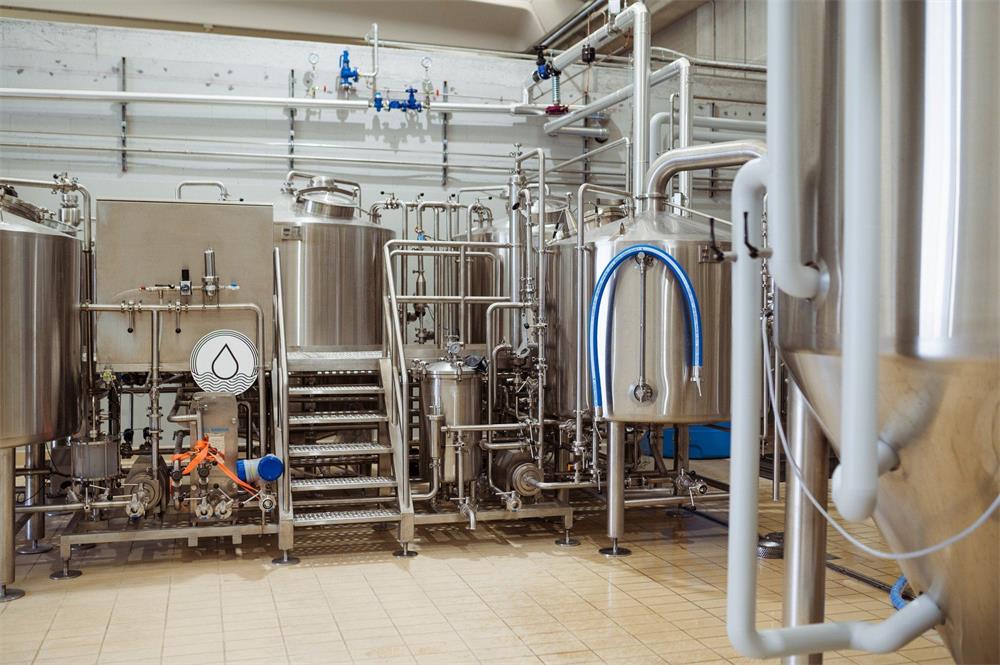
FAQs
| Question | Answer |
|---|---|
| What size brewing vessel should I use for home brewing? | A 1-2 gallon glass jar is ideal for small home batches. |
| Can I use metal containers for brewing kombucha? | Avoid reactive metals like aluminum; only use stainless steel if you’re scaling up production. |
| How do I maintain a kombucha kegerator? | Regular cleaning of the lines and taps is necessary, as well as refilling the CO2 tanks. |
| Is it necessary to use a PH meter for home brewing? | It’s not required for home brewing, but it can be useful for monitoring fermentation closely. |
| How long does kombucha take to ferment? | The first fermentation typically takes 7-14 days, while the second fermentation takes 2-5 days. |
Conclusion
The right kombucha-making equipment can make the difference between an enjoyable, efficient brewing process and a stressful one. Whether you’re just starting or upgrading to a commercial setup, understanding the equipment, its functionality, and how to choose the right supplier is crucial. With this comprehensive guide, you’re now well-equipped to make informed decisions that suit your brewing needs, capacity, and budget.

